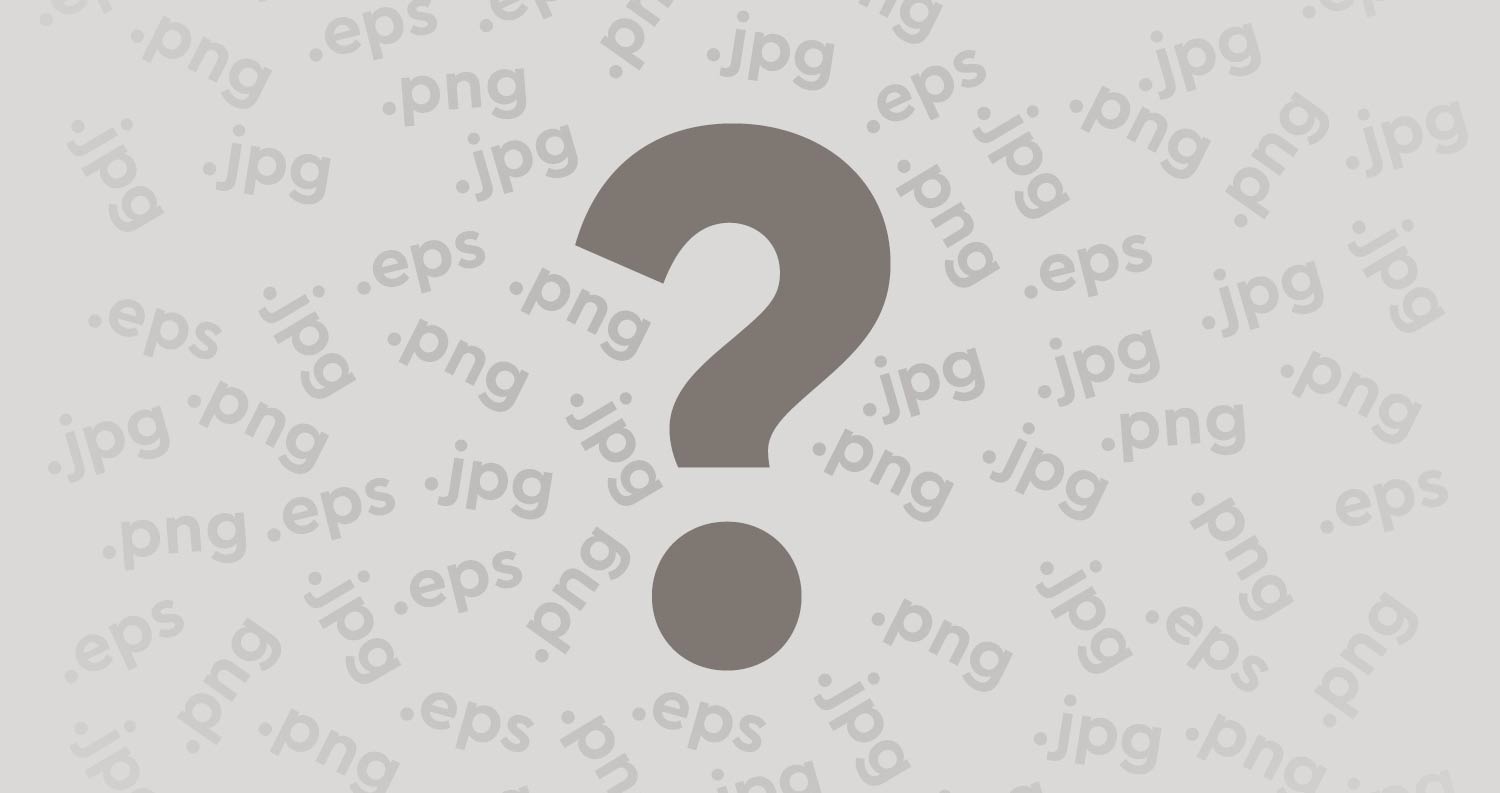File Formats and Usage

File Formats can be Confusing.
在所有可用的不同文件类型之间,有时可能很难知道每种文件类型之间的区别以及它们最适合的位置。让我们花一些时间分解文件格式并探索如何最好地使用它们。
To start, the brand assets page only offers three individual formats, JPEG, PNG, and EPS. Both Jpeg and PNG are raster based, which means they store the image in pixels, or individual dots of color. This is the most common type of graphic or image. EPS is vector based, meaning it creates mathematical vectors to display the shapes and colors. Let’s take a look at what that means as far as using the files, and in what locations they work best.
JPEG Format
JPEG files are compressed, flattened files ideal for use in web applications. JPEGs do not support alpha channels and therefore cannot contain transparent backgrounds. Download these files only if you intend to place them on a pure white background. Avoid using compressed file types like JPEG in print applications when possible, and opt for lossless compression formats like PNG.
PNG Format
PNG 是一种支持透明背景的无损压缩文件格式。这些文件主要用于打印应用程序以及需要将文件放置在现有图形上方的情况。PNG 文件的大小和质量更大,更适合打印件。但是,当两者都是可行的 Web 解决方案时,它们不应优先于 JPEG。
EPS Format
EPS files are vector based files that can only be processed through a vector drawing application such as Adobe Illustrator, but can be read through most layout programs. These files can be considered the “master files,” and can be saved as any type of file and at any resolution, including web ready SVG, high resolution print elements, etc. They can also be manipulated and adjusted to fit various applications.
| Compare | JPEG | PNG | EPS |
|---|---|---|---|
| Type | Raster | Raster | Vector |
| Lossy Compression | Yes | No | No |
| Web | Yes | When Necessary | Can be converted to JPG, SVG, etc. |
| 打印 | Sparingly | Yes | Yes |